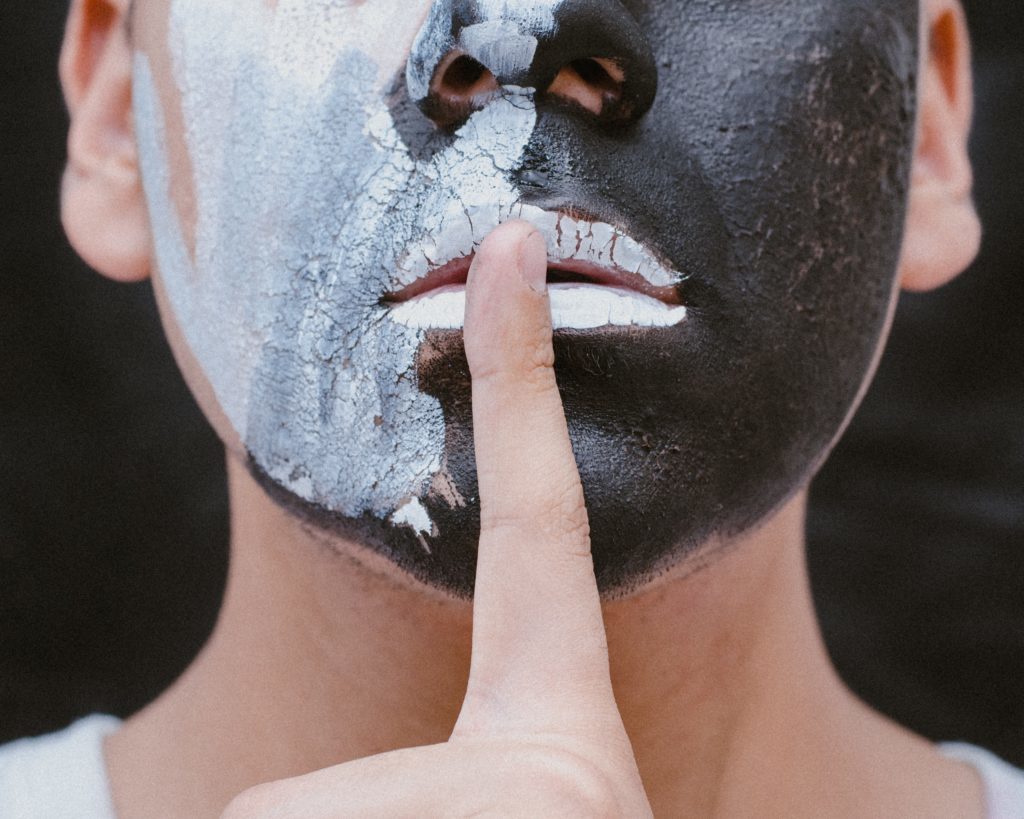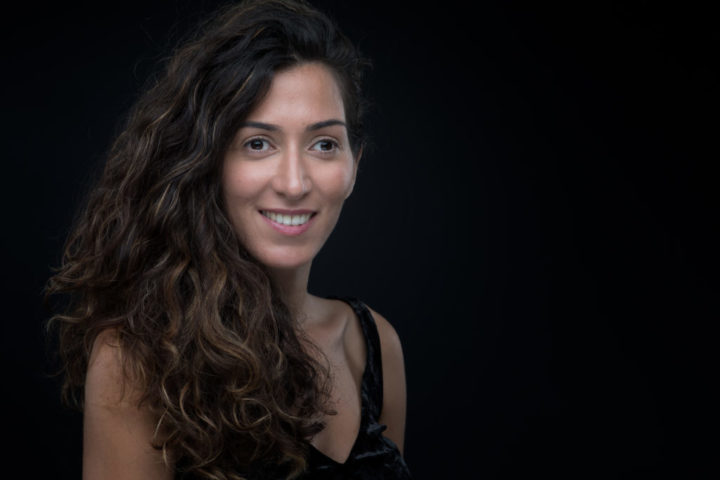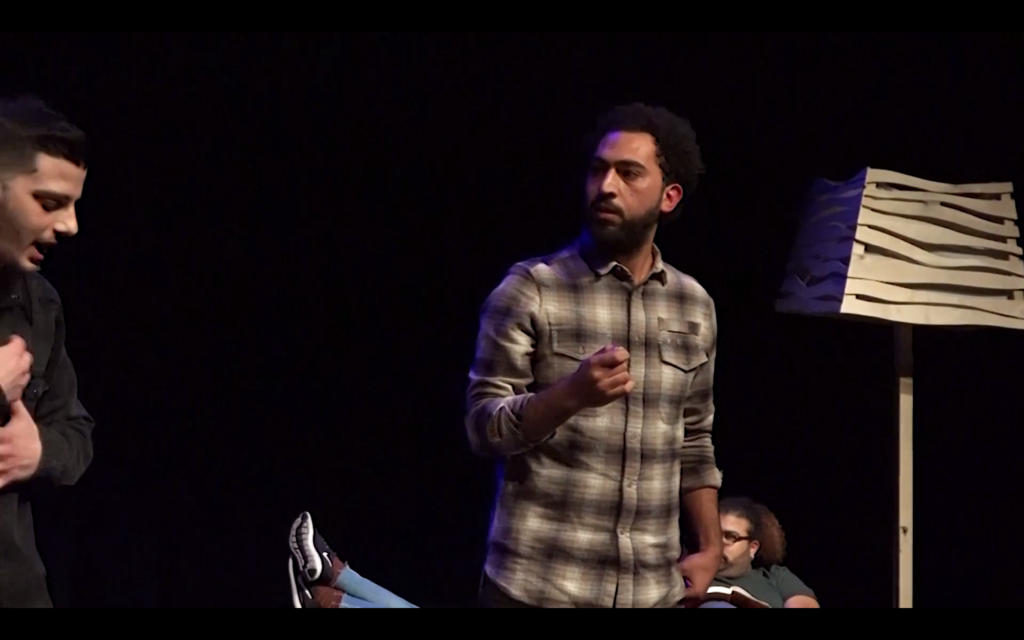
It may already be known that, in addition to our social storytelling work, we also develop theatre performances that contribute to breaking taboos in our society. In contrast to traditional storytelling, we look at theatricalization of the work, where authenticity remains paramount. More about that in this blog.
Storytelling is an interactive form of performing arts. This is often based on one storyteller, whether or not accompanied by a musician. We define storytelling as follows, as does the University of Applied Sciences of Oslo and Akershus:
"Storytelling is an art and communication form that creates internal images in the listener's imagination, rather than showing or dramatising visible images. Traditional storytelling takes place as an open and direct two-way communication between the narrator and the audience and it makes interaction possible between those present."
In the UK and Germany, for example, there are strong story traditions (folk tales, fairy tales, etc.). As a result, there is often little room for the personal story. In the Netherlands we have a much less strong storytelling tradition. This gives us the opportunity to intertwine folk stories with personal stories. The result is a new form of theatrical storytelling, which has since gained a foothold abroad.

e mainly look for performances in which the makers somehow involve their own background. This can be done quite literally, as Soufiane Moussouli did in Moroc(c)ans don’t cry. This is a performance he made based on personal stories and memories. But it can also be a little less straightforward, as in performances in which, for example, the story of a family or a (group of) friend(s) is told. The last example also makes it clear that we do not only produce solo performances – we have a very broad perspective.

We look for performances with expressiveness, that is, performances with a necessity of the makers and a (social) urgency, such as The Man who danced Alone, a performance with the only professional male belly dancer in Morocco. In addition, we look for performances that involve the viewer (literally or figuratively). We are concerned with exposing social processes, pointing out the sensitive area and leaving it to the public to take a position on that, or not.

Would you recognise the two main sources of conflict? We

Three reasons to apply storytelling in conflicts There are different